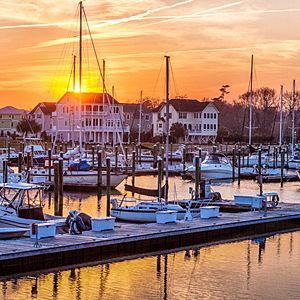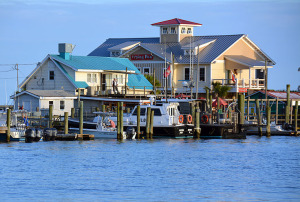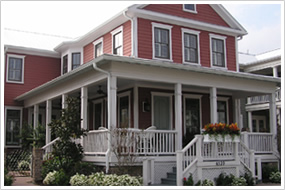 When thinking about retirement, choosing a location can be an overwhelming decision. How do you narrow down the choices? The very best place to retire for you might be on a beach…or in the mountains…or near family…or in the same house you’ve lived in for years. It’s a personal decision that no one else can make for you. However, if you haven’t already settled on a retirement destination, an objective analysis of your options can help narrow your search.
When thinking about retirement, choosing a location can be an overwhelming decision. How do you narrow down the choices? The very best place to retire for you might be on a beach…or in the mountains…or near family…or in the same house you’ve lived in for years. It’s a personal decision that no one else can make for you. However, if you haven’t already settled on a retirement destination, an objective analysis of your options can help narrow your search.
In order to get started, we suggest that you start by thinking about the lifestyle you are looking for. Remember to take into account that you may not need to be close to “work” anymore. The time you used to spend commuting and working will be “free time” now. So if you don’t have to be close to work, what services and recreation do you really need to be close to? The beach, golf courses, nature, marina access and grand kids are some of the responses we hear when talking to clients ready to retire. Some of the other topics that may be of equal importance are climate (4 seasons), proximity to an airport, healthcare, cost of living and tax benefits. All of these points of interest are reasons that so many “Baby Boomers” are choosing to move to North Carolina.
Once you have selected the area of the country, trying to find the perfect spot that offers everything you want may still prove to be difficult. Geared towards retirees, many developers have opted to design planned communities which offer location, amenities and an active lifestyle. Define “active”, it means something different to almost everyone which is why you will find planned neighborhoods with equestrian centers, marinas, golf courses, spas, airplane runways, racquet clubs, golf cart only islands, dog parks, community gardens, dining and shopping. With all of these options, no wonder people can be overwhelmed. From my experience the most common question when discussing retirement location is “how will I meet new friends”? Leaving an area where you have worked and raised a family, the relationships and ties to that area can be hard to relinquish. One thing is certain though, moving into a planned community will give you so many opportunities to make new life-long friends. Social clubs and events are the best part of planned communities and the best way to find people with similar interests. Retirement is called the “golden years” for a reason! It should be the best time, totally dedicated to you and what you love to do, even if it is sitting on your porch reading a book.
Now you have decided on the area and type of lifestyle you want, it is time to visit that area and explore the possibilities. Be flexible and adventurous! Get out and meet the locals. Ask them what they enjoy most about living there. If you golf, schedule a tee time and request to play with members so that you have another opportunity to get information from someone that has been in your shoes. It is also important to talk to a local REALTOR. This is where you will get the best area info, tax rates, home values and the “ins and outs” of the area. REALTORS can also represent your interests as the buyer, when visiting planned communities. What most buyers don’t realize is that when you walk into an onsite sales office, those sales agents represent the seller, not you. Protecting your interests and personal information is the best and main reason that people elect to use REALTORS for buying homes. Don’t we all want our own personal advocate? A REALTOR has a duty to the client they are representing and that relationship can greatly benefit a buyer. Be open and honest about your goals for your new home and listen to suggestions and comments from your REALTOR. Once you have brought your REALTOR up to speed, jump in the car and visit some of the communities that meet your criteria. Don’t be afraid to ask questions or say no to something that doesn’t interest you. As you visit these neighborhoods, walk through model homes and share your thoughts on design, lay out, size and location. Sometimes seeing what you don’t want will solidify in your mind what you do want. Visit the amenities in the community, ask about the Home Owners Association Bylaws and Dues so you have an idea of your financial commitment above and beyond the price of your home. When you think you have found the perfect community learn about the proximity to the services that are most important to you. If you still have the warm and fuzzies then start looking more specifically at homes or house plans that you can customize. This is really where all the fun begins!




